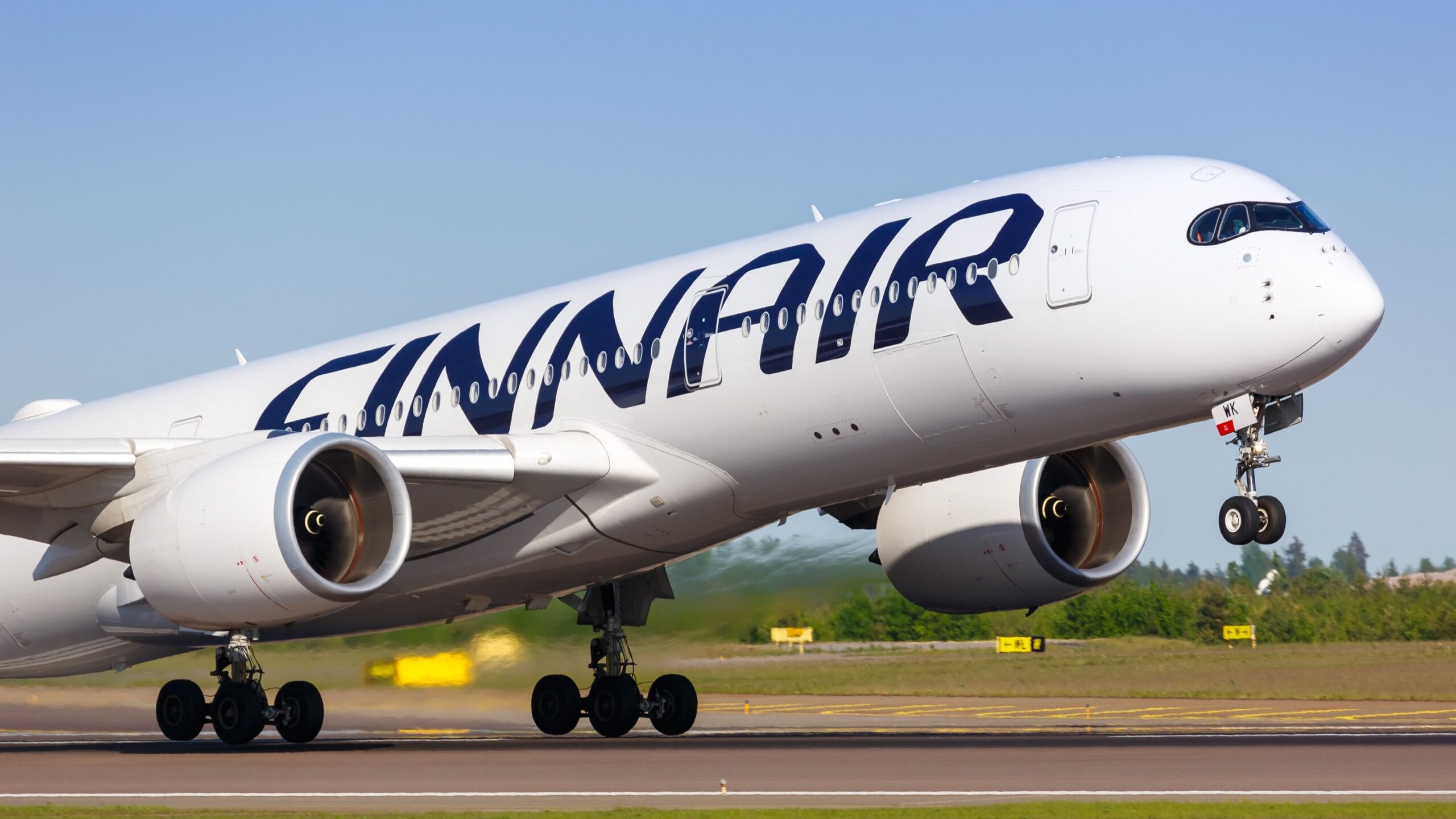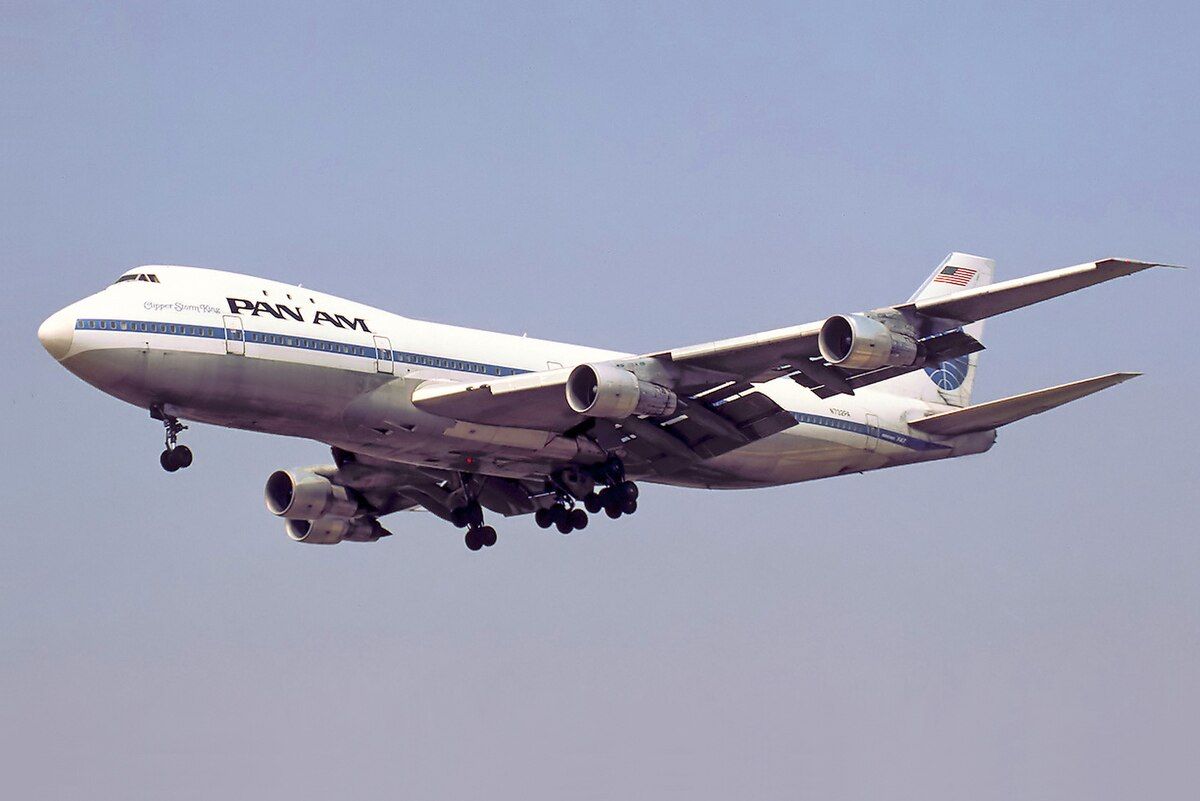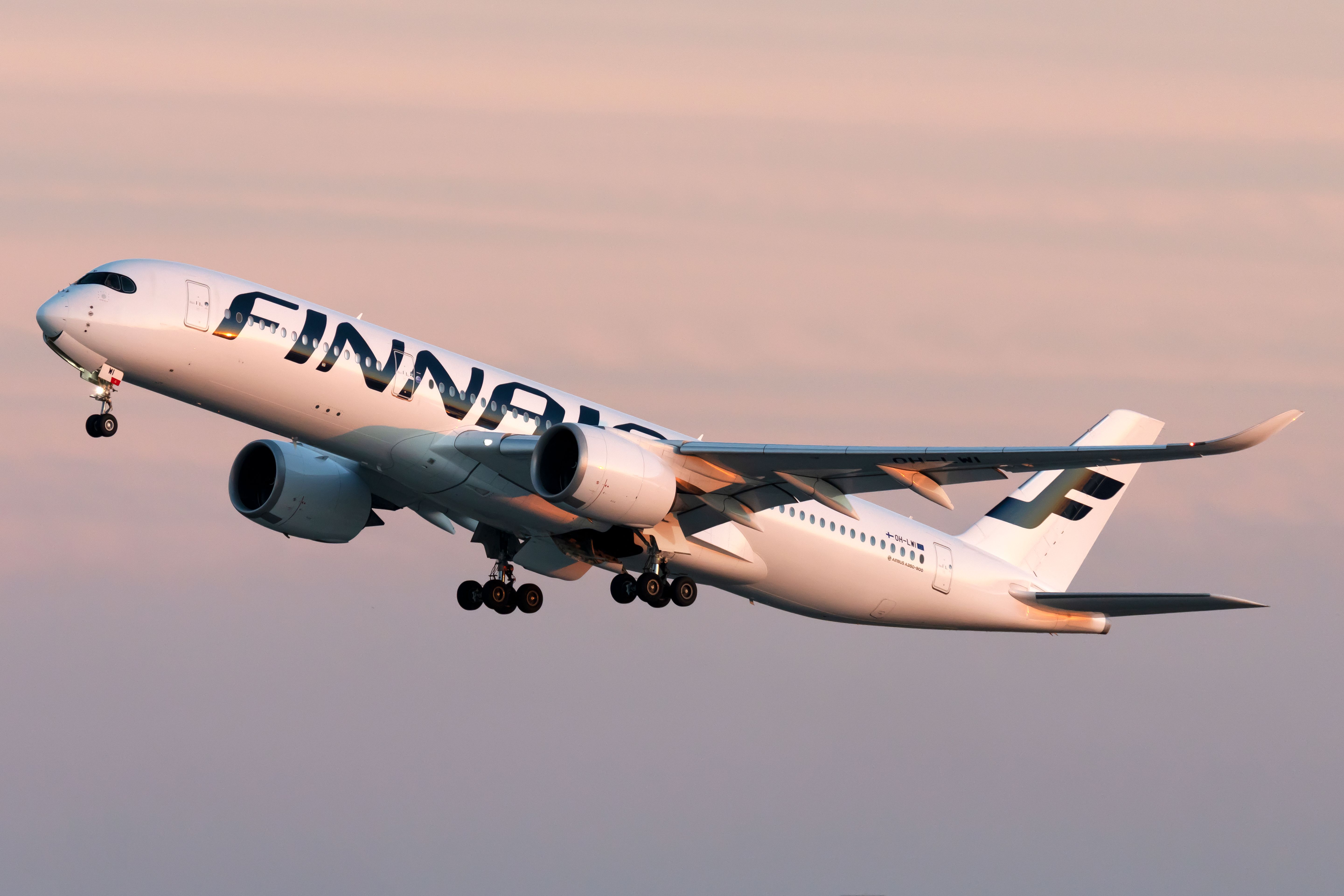Summary
- Polar routes save time and fuel, benefiting financially and environmentally.
- Modern commercial polar routes include DXB-LAX, DEL-SFO, DOH-SEA.
- Recent geopolitical events have impacted flight routing globally.
Polar routes take advantage of the curvature of the earth to cut the length of time taken to travel from one part of the world to the other. For example, hours can be shaved off journey times when flying from North America to Asia by flying over the North Pole rather than across the width of the Pacific Ocean.
Another advantage of flying a polar route is that it greatly reduces the amount of fuel needed to make the journey, which in turn brings both financial and environmental benefits. Shorter flying times have also seen new direct air services take to the skies, stimulating economic growth and cultural exchange.
Examples of commercial polar routes flown today include:
- Dubai International Airport (DXB) to Los Angeles International Airport (LAX) – flown by Emirates with the Airbus A380. Westbound flights have a block time of 16 hours and 20 minutes.
- Indira Gandhi International Airport (DEL) to San Francisco International Airport (SFO) – flown by Air India with the Boeing 777. Westbound flights have a block time of 15 hours and 35 minutes.
- Hamad International Airport (DOH) to Seattle-Tacoma International Airport (SEA) – flown by Qatar Airways with the Boeing 777. Westbound flights have a block time of 14 hours and 25 minutes.
No commercial flights currently directly overfly the South Pole, although several do come close. For example, Qantas’ flights from Sydney (SYD) to both Johannesburg (JNB) and Santiago (SCL) skirt the Antarctic coastline.
Aircraft and airlines must follow certain requirements for polar routes, as set out by the US Federal Aviation Administration. These include the aircraft carrying specialized communications equipment and monitoring its fuel tanks for fuel freeze. Aviation fuel freezes at around -40 to -60 °F (-40 to -50 °C), and although the temperature within the fuel tank is unlikely to drop to such lows, it is prudent to remain vigilant.
The history of polar flying
The first flight over the North Pole took place in June 1937, when the Soviet pilot Valery Chkalov flew a Tupolev ANT-25 aircraft from Moscow to Vancouver. The aircraft covered a distance of 5,475 NM (8,811 km) in 63 hours. However, the first commercial polar air route was not established until November 1954, when Scandinavian Airlines inaugurated its route from Copenhagen to Los Angeles, with refueling stops in Sondre Stromfjord (Greenland) and Winnipeg.
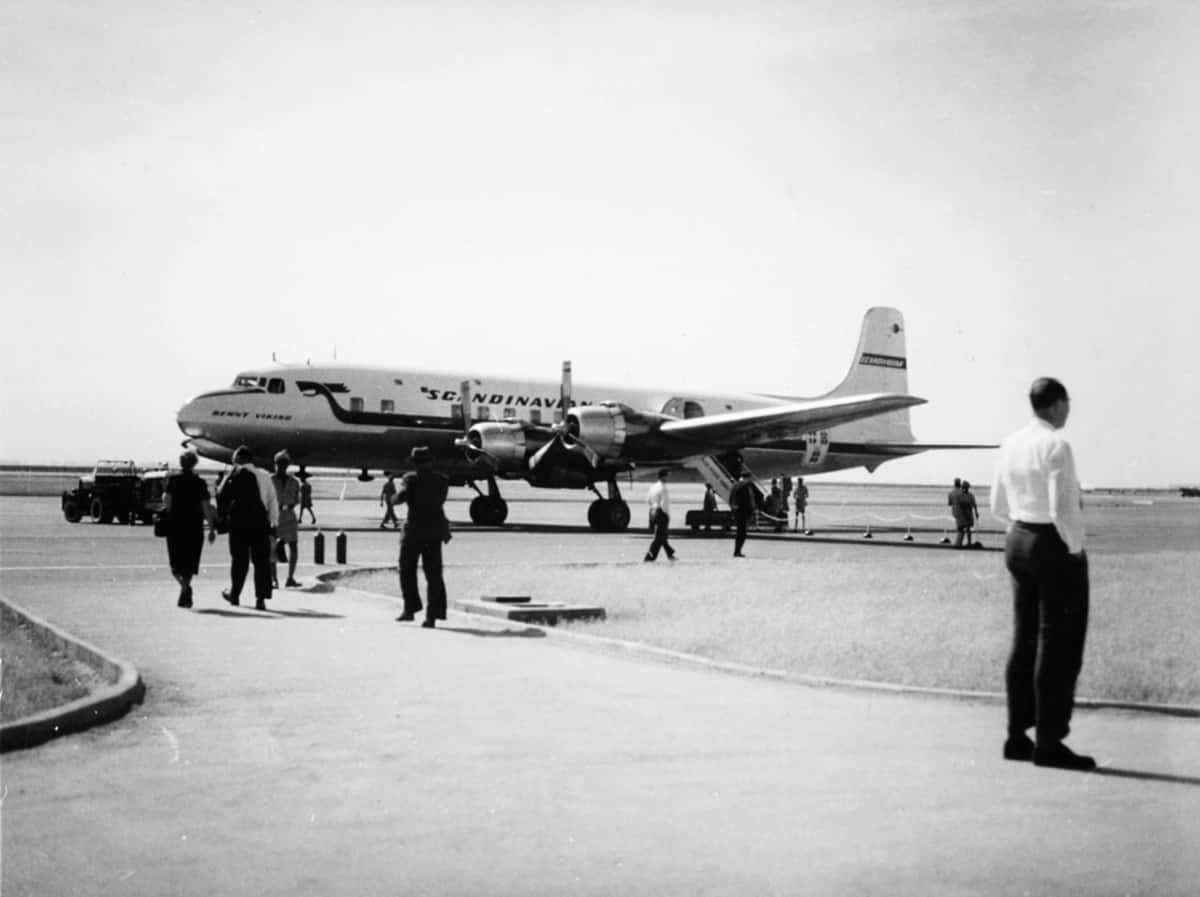
You might also like:
How SAS Pioneered Flying Over The North Pole
Three years later, Scandinavian Airlines introduced polar flights from Copenhagen to Tokyo, with a stop in Anchorage. Also in 1957, both Pan Am and Trans World Airlines began flying polar routes from the US West Coast to European cities such as London and Paris. The introduction of larger aircraft with longer ranges, such as the Boeing 747 and Airbus A340, meant that direct polar routes grew in popularity among airlines around the world.
At the same time, the Cold War also blocked off much of the Soviet Union’s airspace, forcing airlines to travel on more northerly routes. In April 1978, Korean Air Lines Flight 902 was flying the polar route from Paris to Seoul via Anchorage when it mistakenly veered into Soviet airspace near the Kola Peninsula. The Boeing 707 was intercepted by a Soviet fighter jet and shot down, forcing it to make an emergency landing on a nearby frozen lake. Two of the 109 passengers and crew members onboard were killed in the incident.
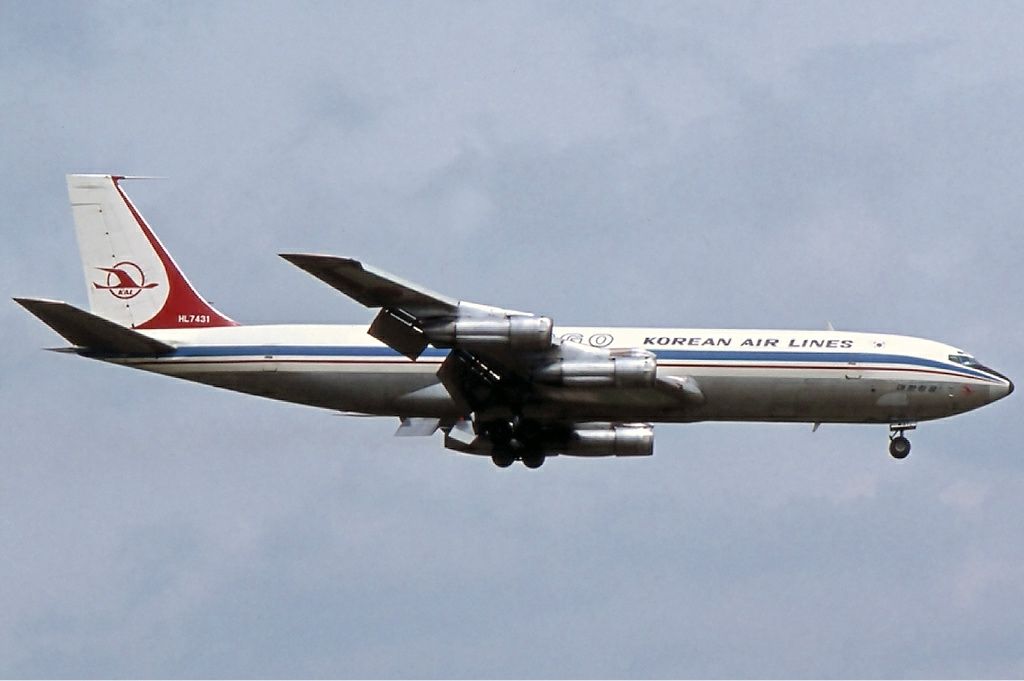
Read more:
How A Missile Strike Forced A 707 To Land On A Frozen Lake In 1978
The incident occurred 45 years ago today.
Flight 209 took place five years before another Korean Air Lines aircraft was shot down over Soviet airspace. The Boeing 747-200 that was operating flight 007 from New York to Seoul via Anchorage was shot down after entering Soviet airspace by mistake, killing all 269 passengers and crew members onboard.
Polar routes today
The aviation industry is heavily impacted by geopolitical events around the world, and the routes that aircraft can travel on are no exception. With Russian airspace out of bounds for most Western airlines following the country’s invasion of Ukraine in 2022, the majority of flights between Asia and Europe or North America have had to change their routings. Chinese airlines are currently exempt from this restriction.
Photo: Vincenzo Pace I Simple Flying
Finnair has been one of the most notably affected by the closure of Russian airspace. The Finnish flag carrier established a niche in the market by connecting Europe with East Asia through its hub at Helsinki Airport, with many of its flights (such as Helsinki to Tokyo) going through a significant amount of Russian airspace. With that option no longer possible, the airline sends its planes on a more northerly routing, flying over the North Pole. Fellow oneworld member Japan Airlines also uses the polar route for many of its flights between Japan and Europe.
Modern twin-engined aircraft today generally operate under the ETOPS 180 rule, meaning that they must always remain within three hours of the nearest airport. However, Finnair’s polar routing to Japan is much more remote, and the airline had to apply for special certification for its fleet of Airbus A350-900s to fly up to five hours away from the nearest airport.
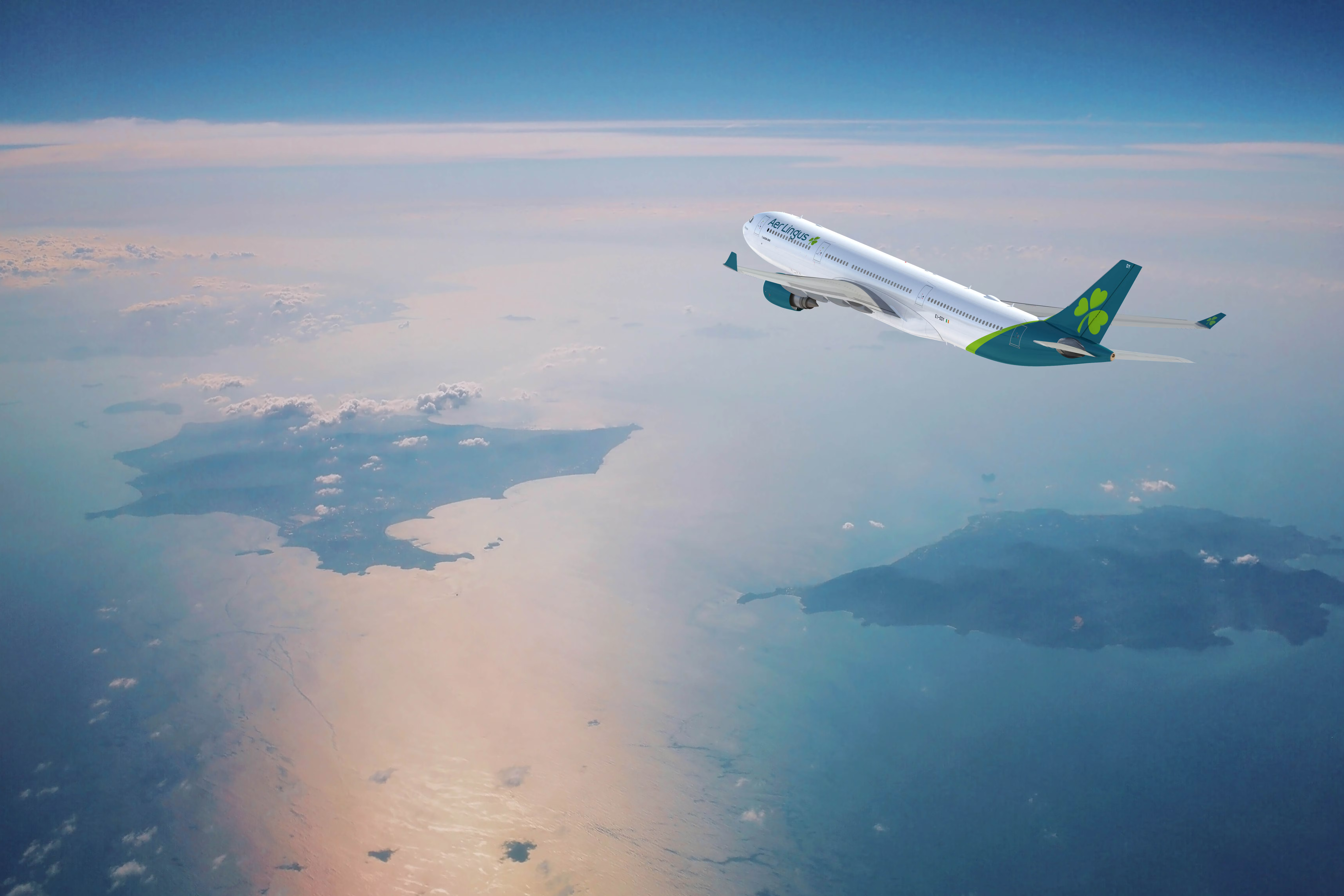
Read more:
What Are ETOPS Rules And Why Do They Matter?
ETOPS determines how far any twin-engine aircraft can fly.
Have you flown on a polar route? Where were you traveling to, and with which airline? Share your experiences by commenting below.

